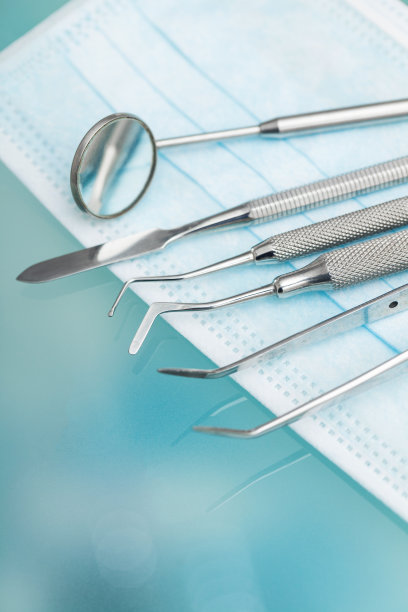The Essential Guide to Procedures and Aftercare for Extracting a Tooth Safely and Comfortably
Summary: Extracting a tooth can be a daunting process, but understanding the procedures involved, as well as the aftercare needed, can significantly enhance comfort and safety. This guide provides a comprehensive overview of tooth extraction, focusing on pre-operative preparations, the procedure itself, post-operative care, and managing potential complications. Each section outlines best practices and tips that ensure a smooth experience, whether you are a patient preparing for extraction or a caregiver supporting someone through the process. By following these guidelines, individuals can navigate tooth extraction with confidence and achieve optimal recovery.
1. Understanding Pre-Operative Preparations

Before any dental extraction, it is crucial to undergo pre-operative preparations. Patients should schedule an initial consultation with their dentist to discuss the necessity of the extraction, treatment options, and any medical conditions or medications that may affect the procedure. Providing a complete medical history ensures that your dentist can tailor the approach to meet your specific needs.
Additionally, patients should follow any directives provided by the dentist before the procedure. This might include fasting for a certain period, especially if sedation will be used. Understanding these instructions is key, as they help prevent complications during the extraction process.
Lastly, arranging for transportation post-procedure is essential, particularly if sedation is administered. Having a trusted friend or family member to assist ensures a stress-free experience and allows patients to focus on recovery.
2. The Tooth Extraction Procedure Explained
The tooth extraction procedure typically begins with the administration of anesthesia to numb the area, ensuring the patient feels minimal discomfort. There are two types of anesthesia: local and general. The choice depends on the complexity of the extraction and the patient’s anxiety levels.
Once the anesthesia takes effect, the dentist will gently loosen and remove the tooth using specialized dental tools. If the tooth is impacted or broken, additional techniques may be required. The dentist will explain each step to keep the patient informed and at ease.
During the extraction, its common for patients to hear noises; however, pain should not be felt. If discomfort occurs, communicating openly with the dentist can help address any concerns during the procedure. Comfort levels can sometimes be improved with calming techniques, such as deep breathing or focusing on a soothing thought.
3. Importance of Post-Operative Care
After the extraction, proper post-operative care is vital for recovery and to minimize complications. Initially, patients are advised to bite down on a gauze pad for about 30 to 45 minutes to help stop any bleeding. Following this, the gauze should be replaced as necessary.
Patients should avoid vigorous activities and bending over for the first 24 hours to decrease the risk of bleeding. Ice packs can be applied to the cheeks to reduce swelling, which is an expected reaction after the procedure.
Furthermore, dietary choices play a crucial role in recovery. Soft foods should be consumed for the first few days, and hot, spicy, or acidic foods should be avoided as they may irritate the extraction site. Proper hydration is also important, but using a straw should be avoided as it can dislodge the blood clot that forms in the socket.
4. Managing Potential Complications Effectively
Despite following all recommendations, some complications may arise after a tooth extraction. For example, dry socket is a common post-surgical issue characterized by severe pain that occurs when the blood clot is dislodged from the socket. Understanding the signs can help in seeking timely treatment.
To mitigate risks, patients should avoid smoking and using straws during the recovery period since these actions can impede healing. Monitoring the extraction site for unusual swelling, redness, or persistent pain is crucial. If these symptoms occur, contacting the dentist promptly can help address the issue before it escalates.
Over-the-counter pain relief can often manage discomfort, but if pain becomes unmanageable, it is important to reach out to the dentist for guidance on the next steps. Regular follow-ups can ensure that any complications are managed effectively and lead to a smooth recovery.
Summary:
The guide emphasizes that understanding the entire tooth extraction process—from preparation through recovery—is essential for a comfortable experience. By adhering to pre-operative advice, following through with post-operative care, and being aware of potential complications, patients can navigate this procedure confidently. Education and communication with healthcare providers remain paramount in accomplishing a successful dental extraction experience.
This article is compiled by Vickong Dental and the content is for reference only.



